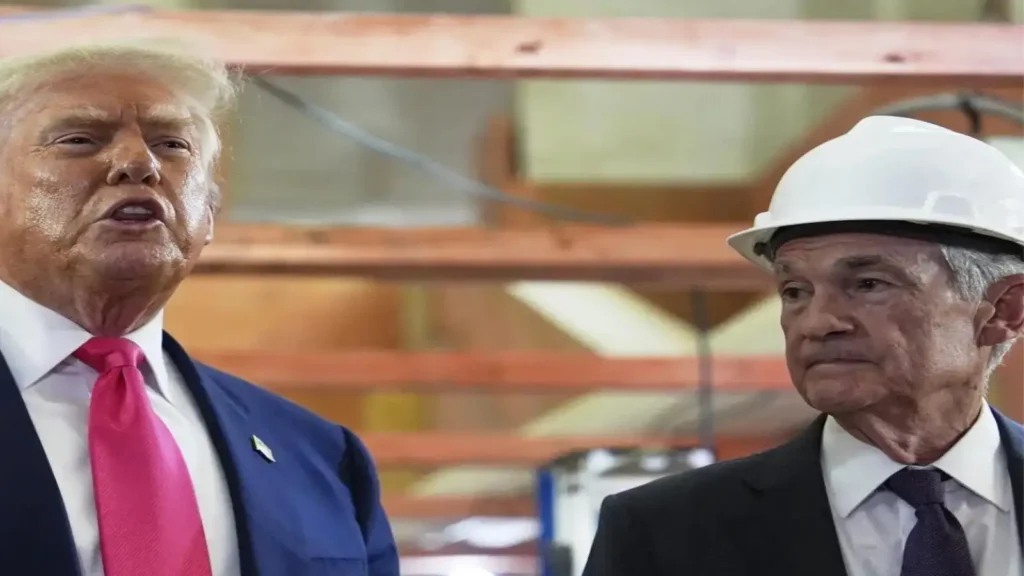Tensions between U.S. President Donald Trump and Federal Reserve Chair Jerome Powell boiled over during a high-profile visit to the Fed headquarters, where the two men publicly sparred over the costs of ongoing building renovations.
Trump, who nominated Powell to the position in 2017, has long been critical of the Fed Chair’s handling of interest rates. However, during Thursday’s visit the first by a sitting or former president in nearly two decades Trump turned his attention to the central bank’s $2.7 billion renovation project, questioning the cost and accusing Powell of mismanagement.
Standing before reporters, Trump claimed the renovation was now closer to $3.1 billion. Powell countered by stating he had not heard that figure before and insisted Trump was including a building completed five years ago. Trump then produced a document from his pocket, which Powell dismissed after a brief glance, further escalating the exchange.
The renovation project, initially approved in 2017, involves updating the historic Eccles Building and a second 1951 structure. Fed documents show that costs have increased from $1.88 billion in 2019 to $2.45 billion projected for 2025. The Fed attributed the overruns to unexpected challenges, such as excessive asbestos, and rejected accusations of luxury features like a “VIP elevator.”
Trump, referencing his real estate background, said a project manager who allowed such overruns would typically be fired. Still, under U.S. law, Federal Reserve governors can only be removed “for cause,” not for project mismanagement.
After the visit, Trump took to social media, criticizing the project’s scale but declaring that the U.S. “can afford just about anything.” He reiterated his demand for lower interest rates, arguing that inflation has cooled and cheaper borrowing is now essential.
Democrats accused Trump of using the Fed as a scapegoat amid political pressure and economic uncertainties. With Powell’s term running until 2026 and the next Fed policy meeting approaching, Trump’s renewed attacks may further strain the traditionally independent central bank’s relationship with political leaders.

